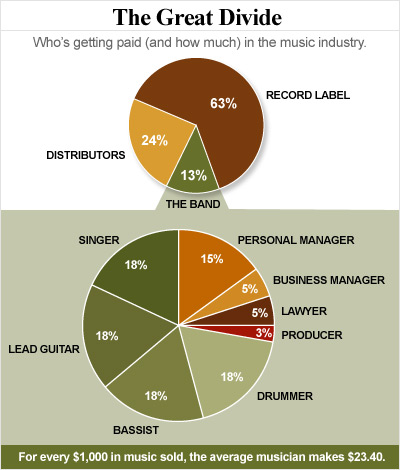RANDOM POSTs
-
The Great Camera Shootout 2011
Read more: The Great Camera Shootout 2011Cameras Tested: Arri Alexa, Sony F-35, Sony F3, Canon 5D Mark II, Canon 7D, Canon 1D Mark IV, Nikon D7000, Weisscam HS-2, Phantom Flex, Panasonic AG-AF100, RED ONE M-X and 35mm Kodak 5213 and 5219 film.
-
Working from home – tips to help you stay productive
Read more: Working from home – tips to help you stay productivehttps://www.freecodecamp.org/news/working-from-home-tips-to-stay-productive/
Tip #1 – Build a strong work-life balance
- Take breaks and go outside
- Take up a sport or activity that takes your mind off things
- Split your computer
- Don’t setup work notifications on your phone
- Work from a co-working space
Tip #2 – Create your own working environment
- Choose or create a workspace that stimulates you
- Separate your workspace from your sleeping one
- Declutter your desk
Tip #3 – Socialize at work
- Schedule virtual time with your colleagues
- Try to schedule a social meeting each week in your company
Tip #4 – Become a time-management expert
- Try to have a set work schedule
- Schedule your tasks
Tip #5 – Learn to deep focus
- Listen to focus songs
- Use the “Do not disturb” option on your phone
- Limit distractions
-
11 The Nine Situations | The Art of War by Sun Tzu
Read more: 11 The Nine Situations | The Art of War by Sun Tzuhttps://tweakyourbiz.com/global/the-art-of-war
– Being prepared at what you do can be the difference between success and failure when things go wrong
– Your king is your own customers. If you care for them, they will care for your project. Anticipate their needs, desires, wants and fulfill them with an unbiased mind.
– Understand and respect the scope, ownerships and accountabilities of the project you work on.
– Be subtle and diplomatic. You can only learn when you listen. But always be prepared to answer and follow up.
– Share efforts with other people in the project by offering free help, as that will come back as an investement.
– Focus on key elements of a production which are the least organized or efficient.
– Validate and qualify your resources before taking on a plan.
– Invest into a plan only if you are sure it can be completed successfully.
– Value a project’s requirements and its users’ experience before the technology development itself.
– Motivate your teams by the gains in specific production investments.
– Organize tasks and teams based on their strenghts and self efficiency.
– Analyze the project’s requirements and resources. Then prioritize them accordingly.
– Observe and resolve bottlenecks, opportunities and users’ needs
– Detail a plan B as soon as you striclty commit to a detailed plan A.
– Dedicate some time and small teams to research efficient alternatives.
– Build only and always on top of stable and known cycles.
– Focus on the big items if they can resolve a lot of small ones.
– If something worked before is still worth to think out of the box.
– Combine all your team strengths into a unified collaborative effort.
COLLECTIONS
| Featured AI
| Design And Composition
| Explore posts
POPULAR SEARCHES
unreal | pipeline | virtual production | free | learn | photoshop | 360 | macro | google | nvidia | resolution | open source | hdri | real-time | photography basics | nuke
FEATURED POSTS
Social Links
DISCLAIMER – Links and images on this website may be protected by the respective owners’ copyright. All data submitted by users through this site shall be treated as freely available to share.





